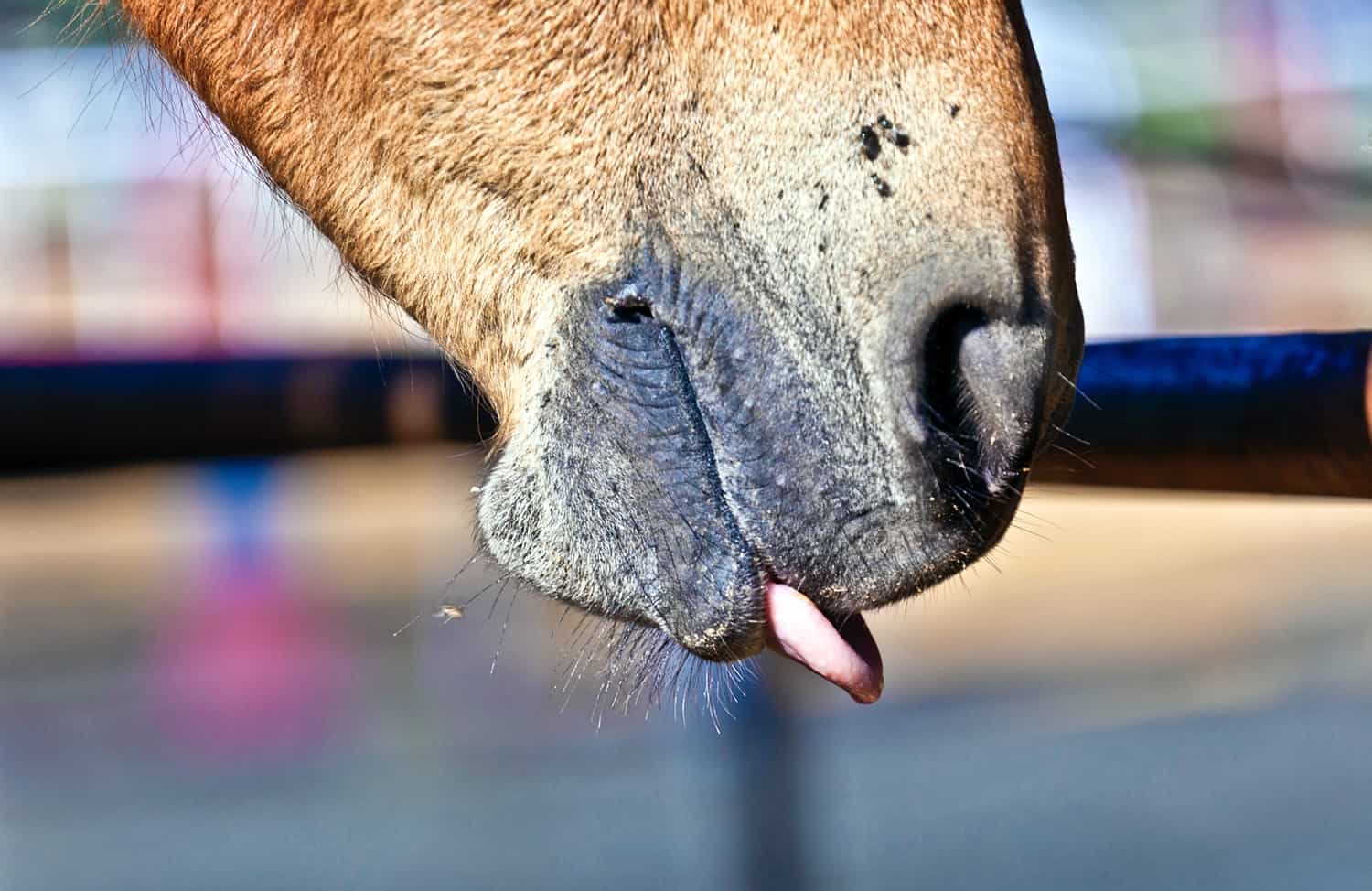What Does ‘Licking and Chewing’ in Horses Mean?

Q.What does “licking and chewing” in horses really mean? Submission? Processing? Relaxing?
—Lisa, California
A.Licking and chewing behavior is probably one of the most misunderstood horse behaviors. It simply reflects a change in autonomic nervous system tone that results in salivation that stimulates licking, chewing, and sometimes a big swallow. And that can happen in a number of situations following a threat or disturbance of some sort
Create a free account with TheHorse.com to view this content.
TheHorse.com is home to thousands of free articles about horse health care. In order to access some of our exclusive free content, you must be signed into TheHorse.com.
Start your free account today!
Already have an account?
and continue reading.
Written by:
Sue McDonnell, PhD, Certified AAB
Related Articles
Stay on top of the most recent Horse Health news with















